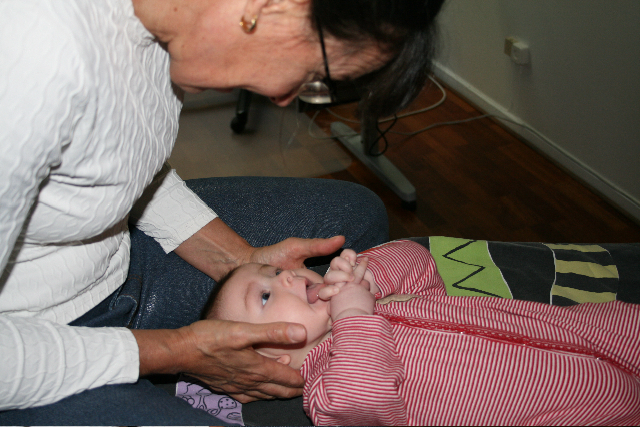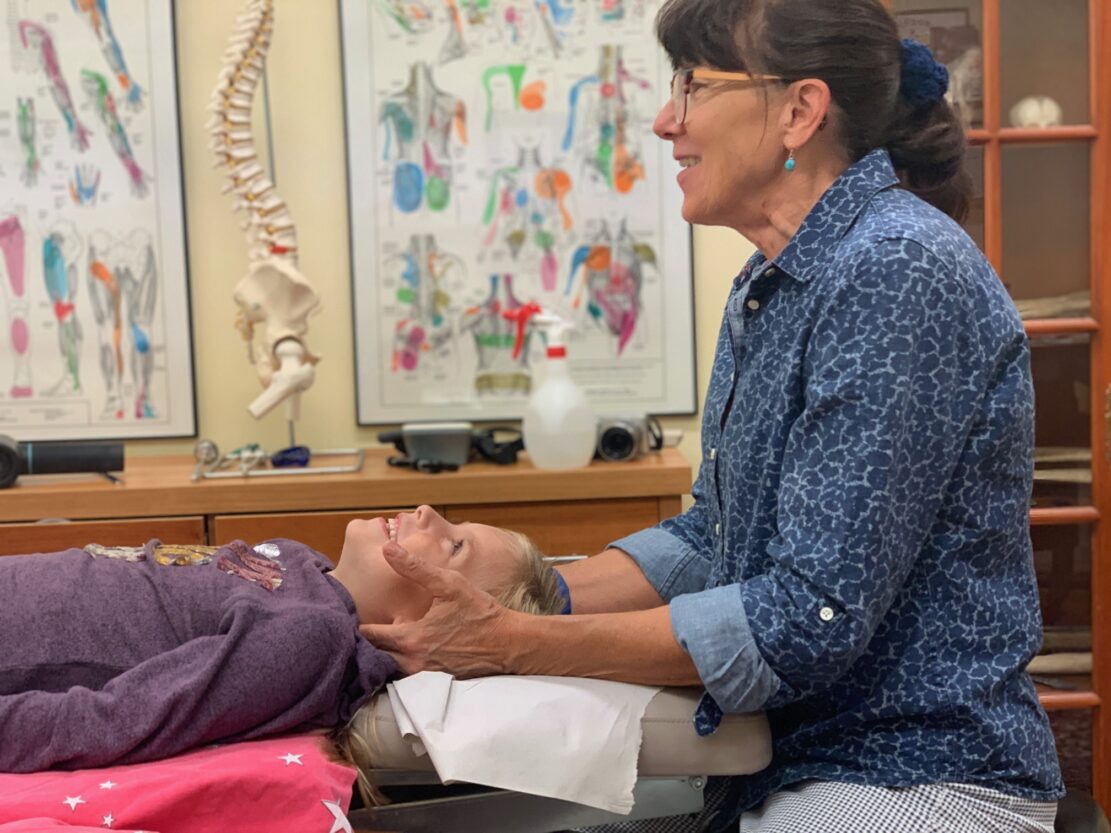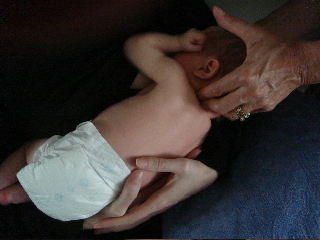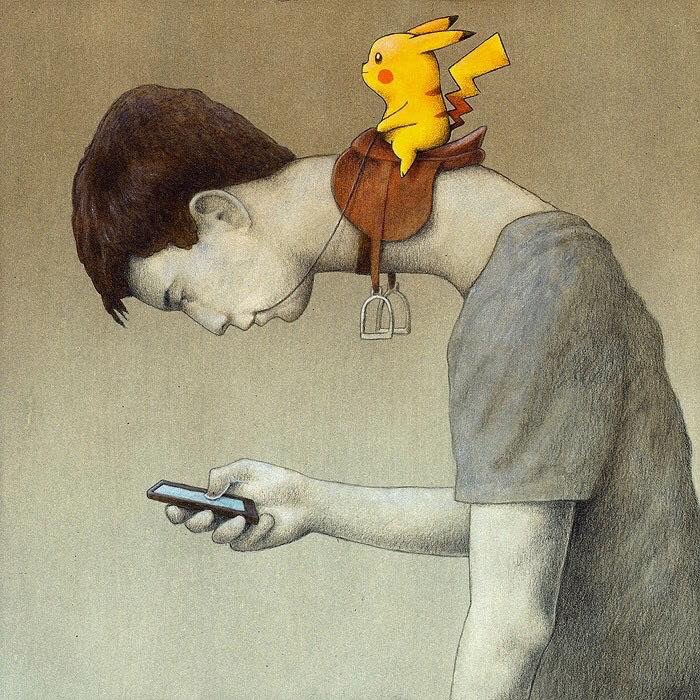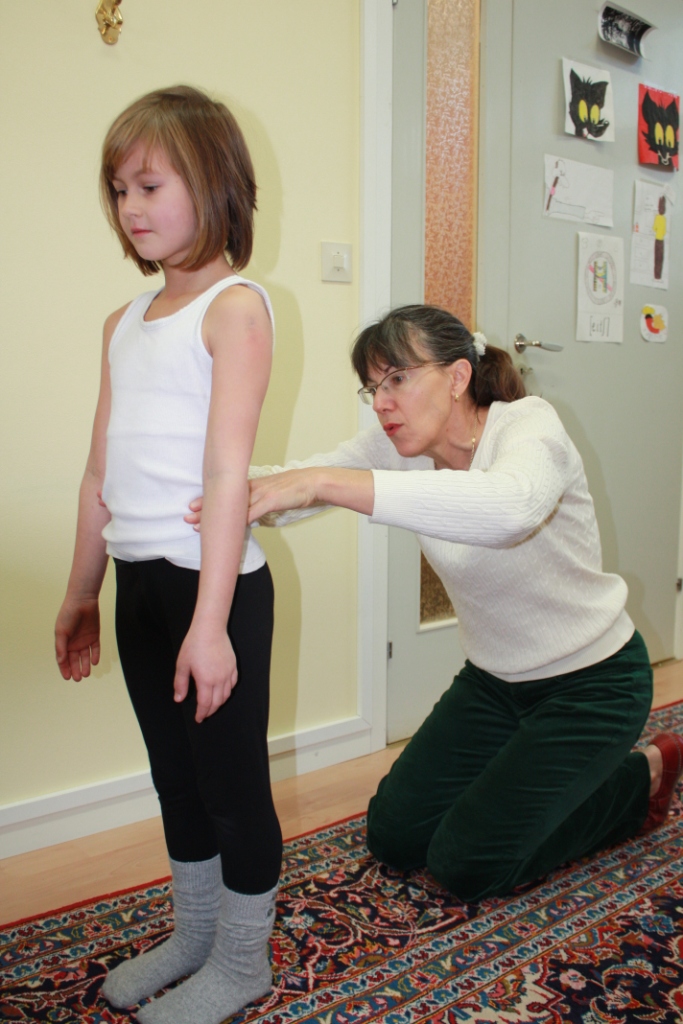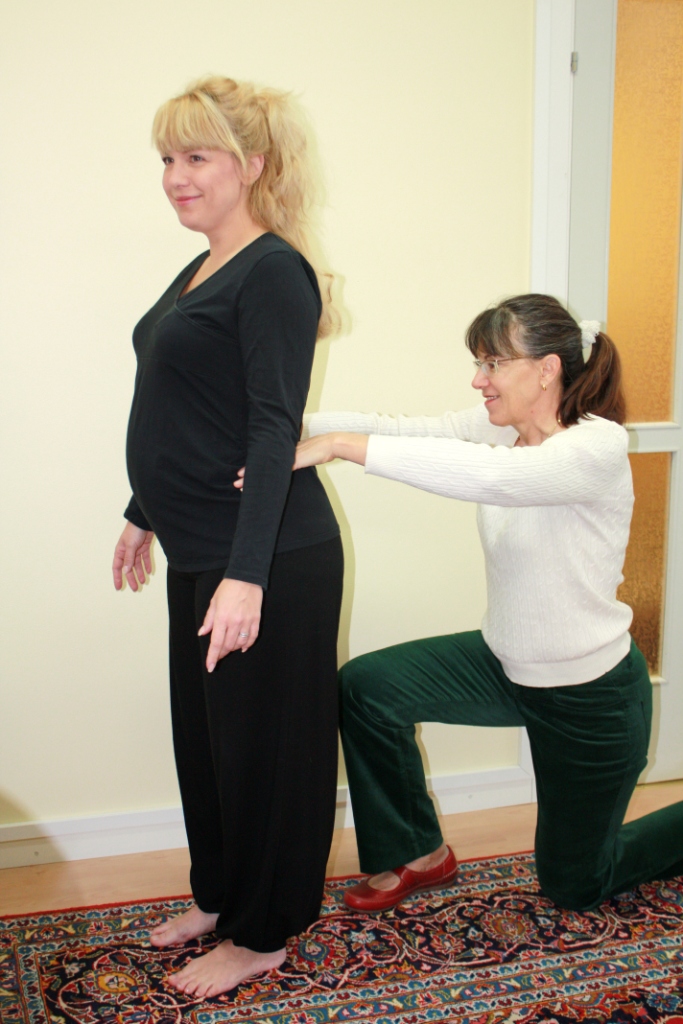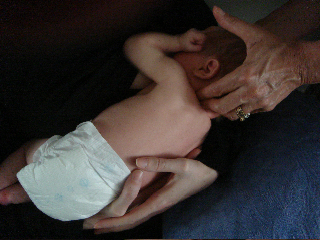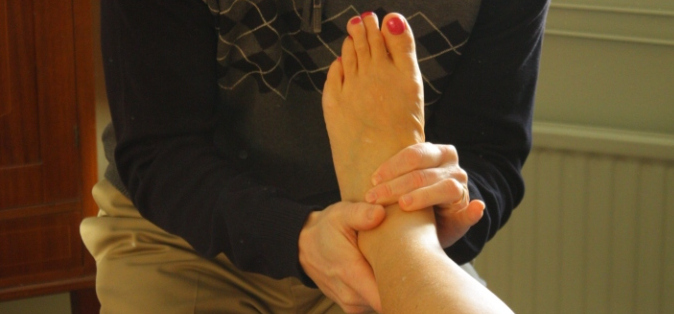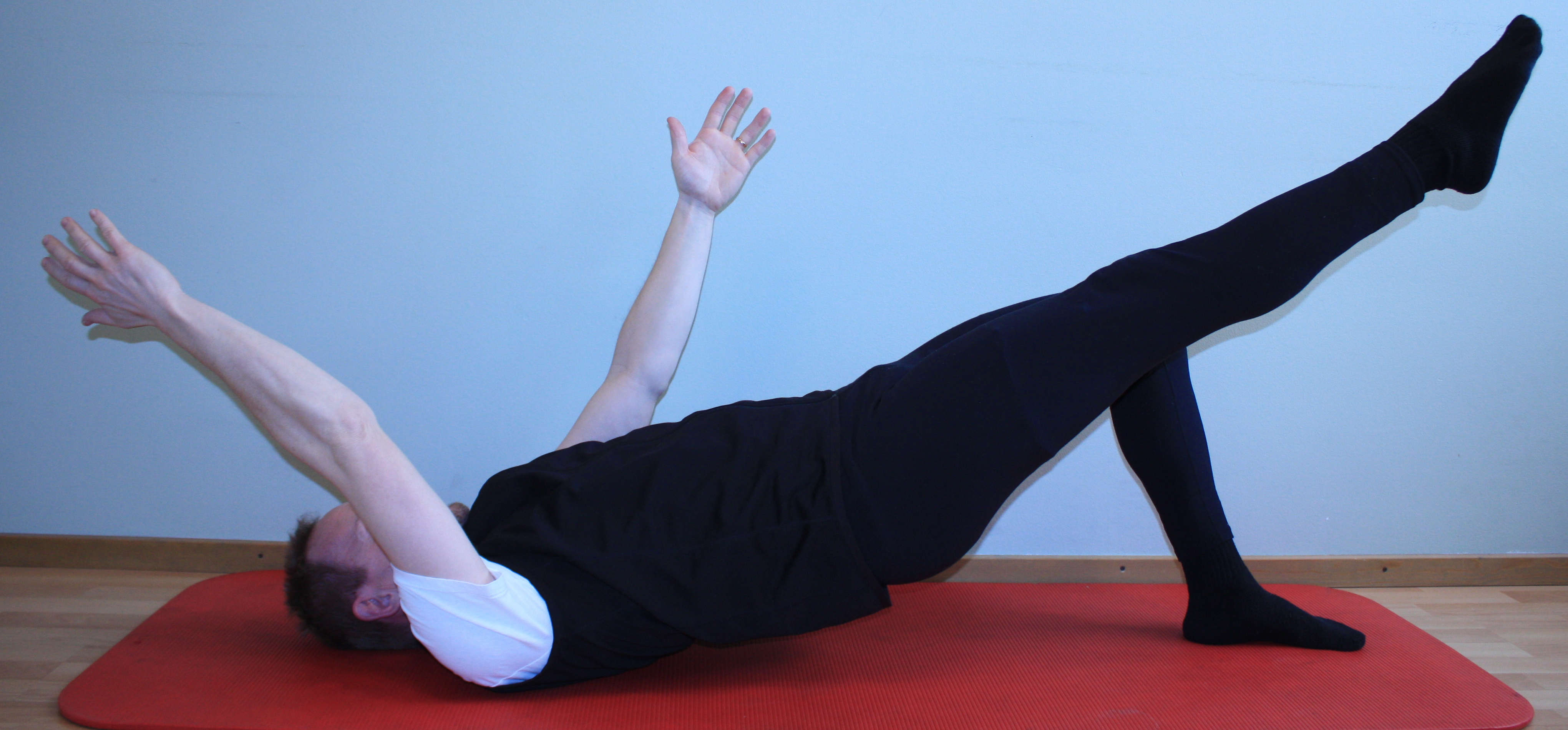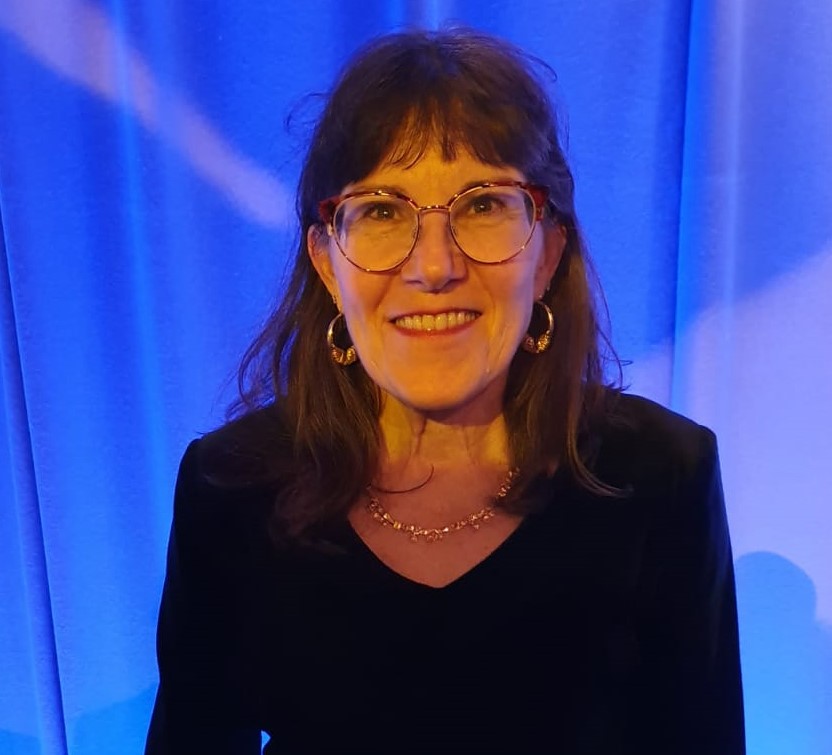
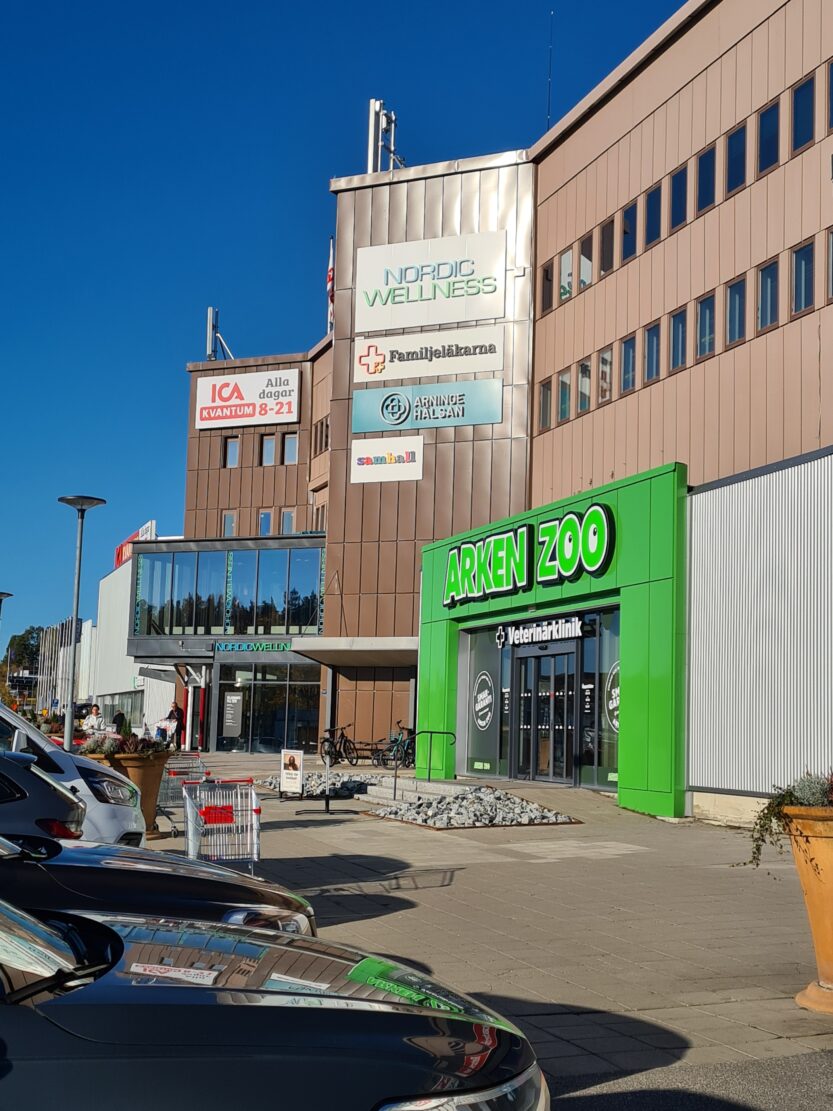

Arninge hälsan welcomes Sue Weber, Doctor of Chiropractic with a Masters in Pediatric Musculoskeletal Health. Sue is one of the leading experts in Europe in Pediatric musculoskeletal health and is certainly Sweden’s most experienced practitioner in this area. She has been in practice for 35 years and is now focusing primarily on pregnant women, infants, children and adolescents. Musculoskeletal health in these groups is not well mastered in primary care so Sue’s expertise fills a much needed gap in health care for these individuals. Besides clinical work, Sue has for many years also worked with research and education. She is the chairperson of the European Academy of Chiropractic (EAC) within the special interest group in Pediatrics. The goals of this group is to develop pediatric musculoskeletal health educational programs for chiropractors internationally. She researched neck pain and headaches in children and published a variety of papers focusing on the relationship between dysfunction in the cervical spine and neck pain and headache and how these effect their quality of life. She is in the faculty of the EAC, the Royal College of Chiropractors in England and Anglo-European Chiropractic University College in England. She is currently developing an advanced pediatric musculoskeletal health education at the North East Health Sciences College in NY. CV 2024
Täby Kiropraktor klinik has relocated. Sue and Björn have closed their practice in ‘Storstugan’ at Täby Centrum. Björn will not be working with patients. Sue has moved to Arninge centrum and is focusing her practice on infants, children, adolescents and pregnant patients. Hitta Hit
Arninge Hälsan välkomnar Sue Weber, Doctor of Chiropractic samt Masters i pediatrik muskulo- skeletala hälsa. Sue tar emot barn och gravida och när hon inte behandlar patienter så undervisar hon i behandling av barn och gravida internationellt. Hon har forskat kring muskulo – skeletala besvär och huvudvärk hos barn samt publicerat flera artiklar kring muskel skeletala besvär hos barn. Hon tillhör fakulteterna i; Royal College of Chiropractors och Anglo European Chiropractic College i England, Northeast Health Science College i NY USA samt European Academy of Chiropractic. Hon leder även European Academy of Chiropractic special interest group i peditrik.
We will not be working with a receptionist, but you may send questions to sue@kirotaby.se.
Different types of musculoskeletal problems among children show up at different ages. Specialist education in pediatric musculoskeletal health gives a different perspective on the types of problems presenting in childhood. Among infants we see inconsolable crying as one indication of a biomechanical problem. With advanced pediatric education one gains skills in recognizing serious medical problems which require referral out for medical treatment. Asymmetry such as torticollis, plagiocephaly or scoliosis all have biomechanical components which are commonly treated by chiropractors with advanced education in the treatment of children. The toddler may have issues more so with how they walk and move around. In childhood, neck pain, headaches and headache syndromes become more common. These are more prevalent now with the increase in screen time with suboptimal ergonomics and the load of the head on the neck. These types of problems become compounded with increasing age as the load of screen time and school work increases. With age and increasing participation in sports we see a range of sports injuries which can be devastating for the developing athlete.
Idrottsskador or sports injuries among developing children are common, but unfortunately not often recognized for what they are and how they are optimally managed. Because the musculoskeletal system is under development, injuries are more likely to occur with an increase in training load. Since coaches are not educated in pediatric anatomy and physiology they are not in a position to recognize when in development children are more susceptible to injury and the signs of more serious injury. This in combination with our culture of winning in sports, even for children, we are seeing more serious injuries among theses athletes.
In all these types of problems the core musculature is affected and needs to be engaged. The techniques for learning how to do this vary with age. This is particularly critical to infant development and needs to be taught to parents. This is how we find the support system for the neck and the back we,have with us for the rest of our lives. Engaging core from infancy by systematically learning the key motor steps is important as a prevention of low back pain in adolescence and adulthood, but is also a key to stimulating both sides of the brain.
Techniques for treatment vary with age and development and generally are low force compared to adults. It is not appropriate to use the same types of techniques in children and particularly infants. The goal is addressing the function of the musculoskeletal system to achieve the individuals optimal neuro-motor skill development. The WHO supports this as a means to improve motor skills in children which is associated with maintaining normal weight in childhood.
Dr. Weber has a holisitic approach to patients, evaluating different factors which are associated with suboptimal health. She works with families to understand how to manage the different factors involved. A primary goal is to teach parents how to work with the infant and young child to help them engage the core muscles which give support to the affected musculoskeletal system. Instructions in core exercises for older children, adolescents and the pregnant patient are tailored to their abilities and are essential for the rehabilitative process.
Sue comments “Taking on difficult cases is like being a detective, looking at the whole picture to figure out what is wrong with the patient. Having 12 years of university level education and over 30 years of experience has given me the tools to differentially diagnose different problems and manage them appropriately. This has been instrumental in improving the quality of life for those who have not found help.”
